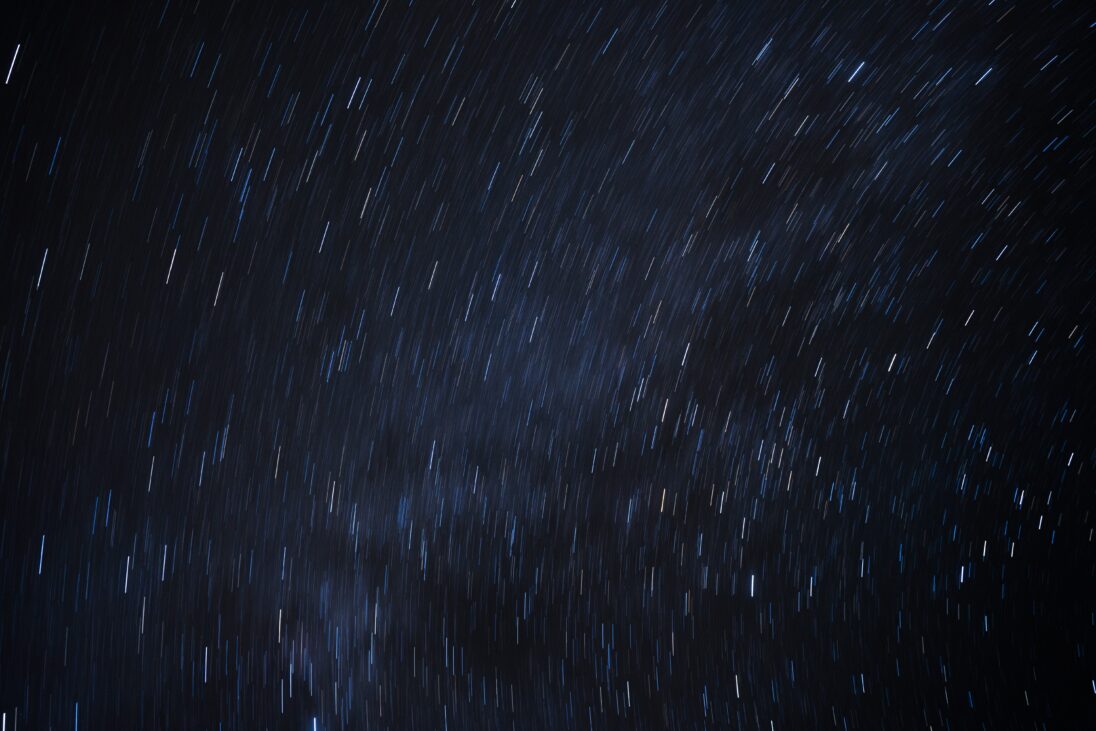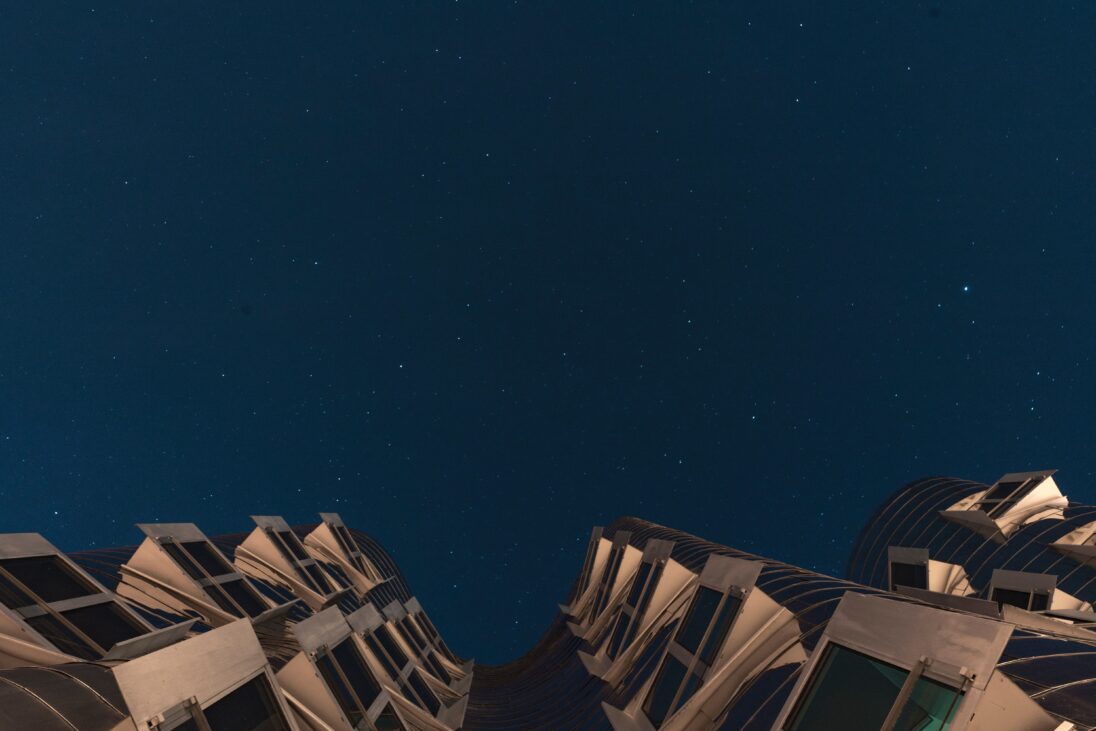Create spectacular night photos with us!
And learn how to take great photos after dark.
The sun goes down, the stars are lit, the city lights twinkle, and the way you use your camera is changing. Night photography requires special attention to light and movement – you may need a tripod, a dedicated lens, and a camera capable of increasing ISO without degrading image quality. There are many aspects to consider. Moreover, there is where to turn around. Sometimes the right constraints can create the most interesting images. Get night photography tips to help you get the most out of your shooting in the dark.

Understand the settings
Night photography is shooting in low light conditions. Whether you’re shooting stars or city lights, you need to make sure there is enough light on the subject for the camera to register.
Start with the settings for night photography: opening the aperture, lengthening the shutter speed, or (with caution) adjusting the ISO sensitivity (the sensitivity of a digital camera is comparable to that of a film camera). You can also find ways to adjust the lighting of your subject. For example, you can add flash or fill light, or simply ask your subject to come closer to the light of a street lamp. Each of these tools has its own set of limitations, requiring either good planning or a little luck (if you want the branch of a tree to stick out of the light, you’ll need a rope or extremely stable wind). You never get the control that daytime settings provide, so when shooting at night, take the time to experiment.
Anthony Pidgeon, a veteran of low light and night photography, suggests starting with a few test shots to find the optimal shutter speed and the correct white balance: “Due to the darkness, it will take longer to register on sensor or film. Therefore, you need to increase the shutter speed to shoot. You want to get a base exposure that shows what is displayed under ambient light. Then, understand how far you can go without expanding the highlights. “If I light up this awesome neon sign, it turns out white, not red or green.” It is necessary to work on this until the baseline exposure is reached. “

Optimal light
Alex Tan, a photographer and art director, believes that night photography is the best environment to work with because, unlike daylight, the light from night photography “doesn’t change – it’s almost the same throughout the night. Therefore, you have many opportunities for experimentation at your disposal; you can try new things until you know you get the point without worrying about changing lighting. When you are outside during the day, the sun is constantly changing. “
Book a Night Photo Shoot here: